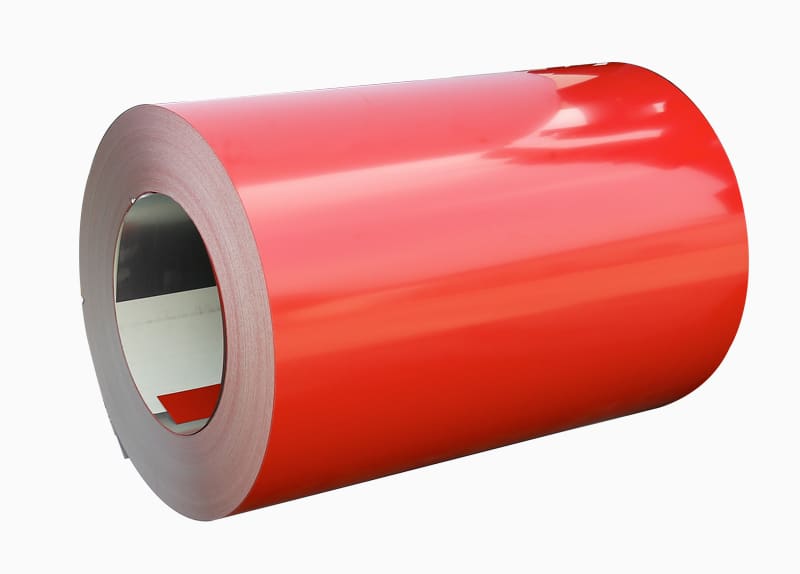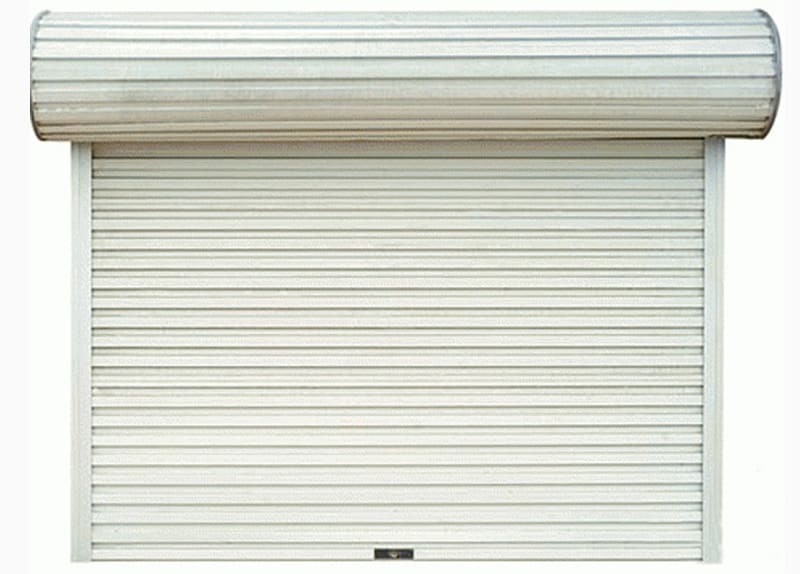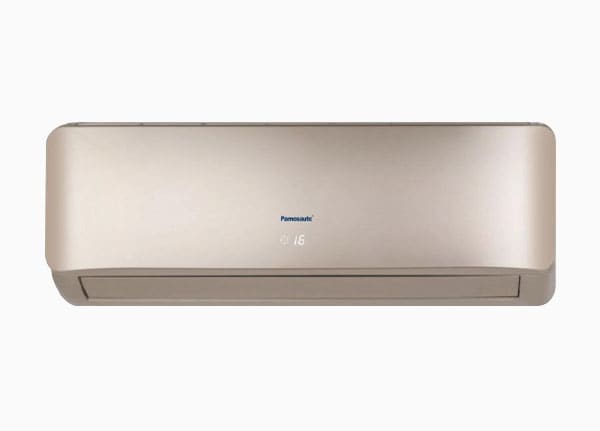Summary: Color steel sheets, a core material in contemporary building and manufacturing, represent a significant advancement in c...
Color steel sheets, a core material in contemporary building and manufacturing, represent a significant advancement in construction technology. Combining the strength and durability of steel with a pre-finished, aesthetically pleasing surface, these sheets have become indispensable across a multitude of applications, from large-scale industrial projects to residential roofing.
The Anatomy and Production of Color Steel Sheets
At their core, color steel sheets are typically made from cold-rolled steel coils or hot-dip galvanized/galvalume steel coils. The defining characteristic, however, lies in the multi-layer coating process, which provides both protection and color.
Key Coating Layers
- Substrate: The base metal, often galvanized (zinc-coated) or galvalume (zinc and aluminum alloy), provides superior corrosion resistance.
- Pre-treatment: A chemical layer applied to ensure excellent adhesion of subsequent coatings.
- Primer Coat: A thin layer that improves corrosion resistance and acts as a strong bonding agent for the topcoat.
- Top/Finish Coat: This is the visible layer, typically a polyester (PE), siliconized polyester (SMP), polyvinylidene fluoride (PVDF), or polyurethane (PU) paint. It provides the desired color, gloss, weather resistance, and UV stability.
This controlled, factory-applied process ensures a uniform finish and long-lasting performance superior to traditional post-installation painting.

Core Benefits of Using Color Steel Sheets
The widespread adoption of color steel sheets is driven by a compelling combination of practical and economic advantages:
- Exceptional Durability and Longevity: Thanks to the galvanized or galvalume substrate and high-performance paint systems, these sheets offer superb resistance to corrosion, rust, and harsh weather conditions, resulting in a long service life.
- Aesthetic Versatility: Available in a vast spectrum of colors and finishes (including matte, glossy, and textured), they allow architects and builders unprecedented freedom in design. The rich pigments ensure color retention over time.
- Lightweight and High Strength: The high strength-to-weight ratio of steel allows for lighter structural framing, reducing foundation requirements and construction complexity.
- Speed of Construction: As pre-fabricated components, color steel sheets significantly reduce on-site labor and construction time, leading to faster project completion and reduced costs.
- Environmental Friendliness: Steel is a highly recyclable material, making these sheets an environmentally conscious choice in sustainable construction.
Diverse Applications in the Modern Building Landscape
The utility of color steel sheets extends across virtually every segment of the construction industry:
- Industrial and Commercial Buildings: They are the material of choice for roofing and wall cladding on factories, warehouses, large logistics centers, and shopping malls due to their cost-effectiveness and durability.
- Residential Sector: Used for durable and aesthetically appealing metal roofing and for the construction of prefabricated housing, sheds, and garages.
- Cold Storage and Cleanrooms: Insulated panels, often utilizing color steel sheets as the outer skins, are critical for maintaining strict temperature and hygiene standards in cold storage facilities and pharmaceutical cleanrooms.
- Transportation: They are frequently used in the construction of temporary site offices, containers, and certain elements of bus shelters and railway stations.
In summary, the evolution of coating technologies has transformed simple metal sheets into the highly functional and visually appealing color steel sheets we see today, cementing their role as a fundamental material driving efficiency and design in the modern building industry.






